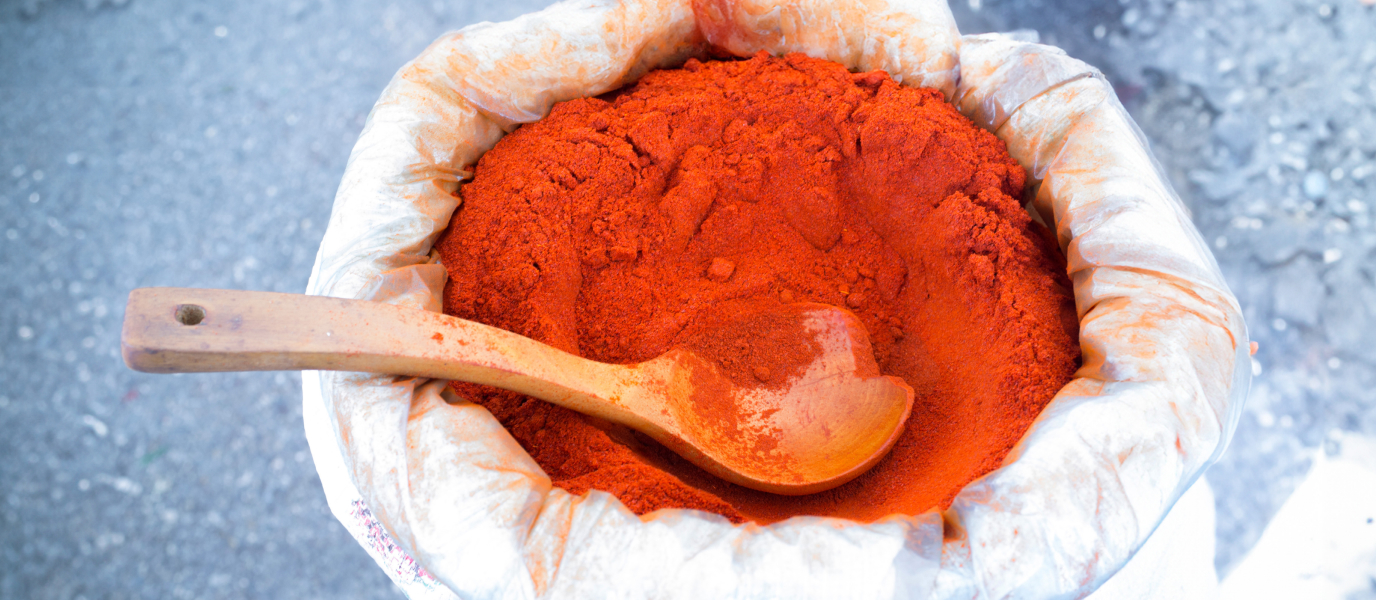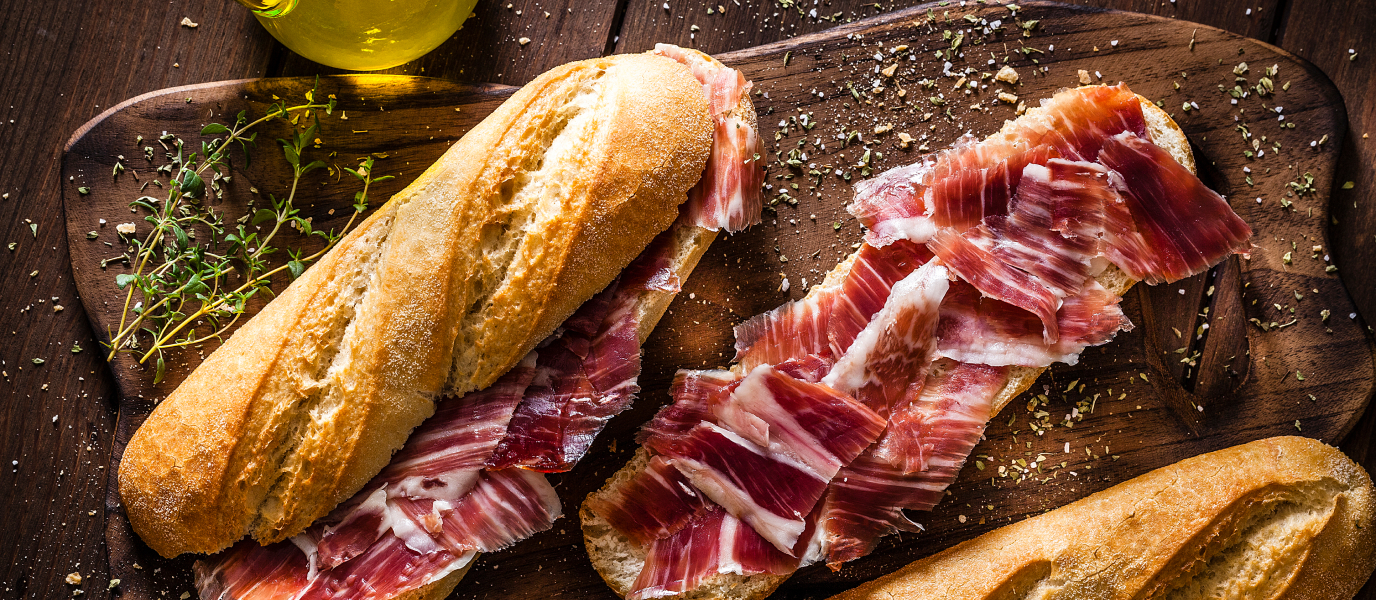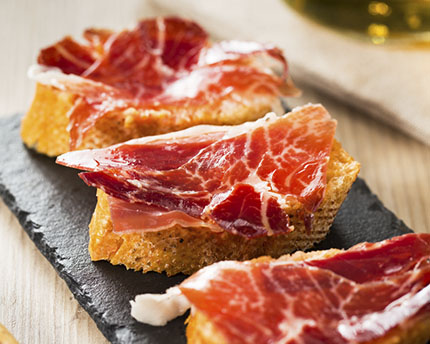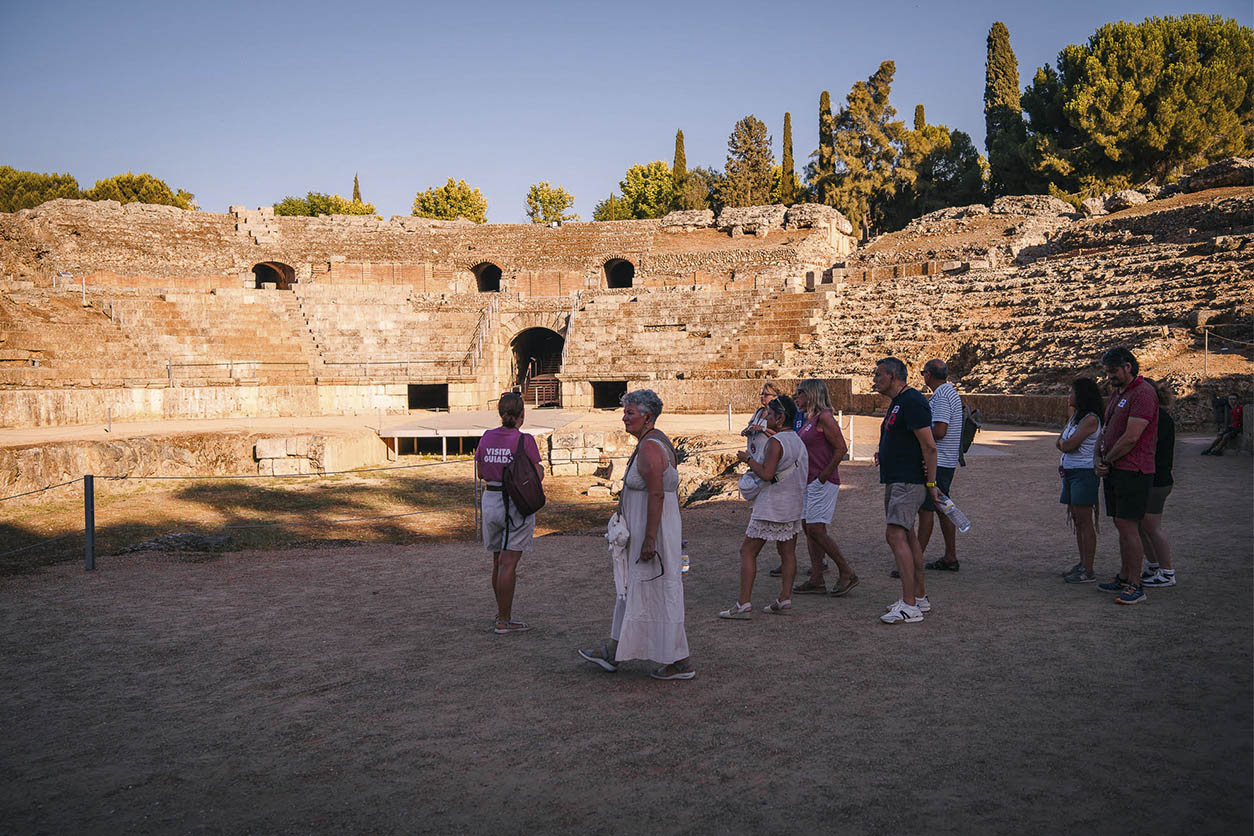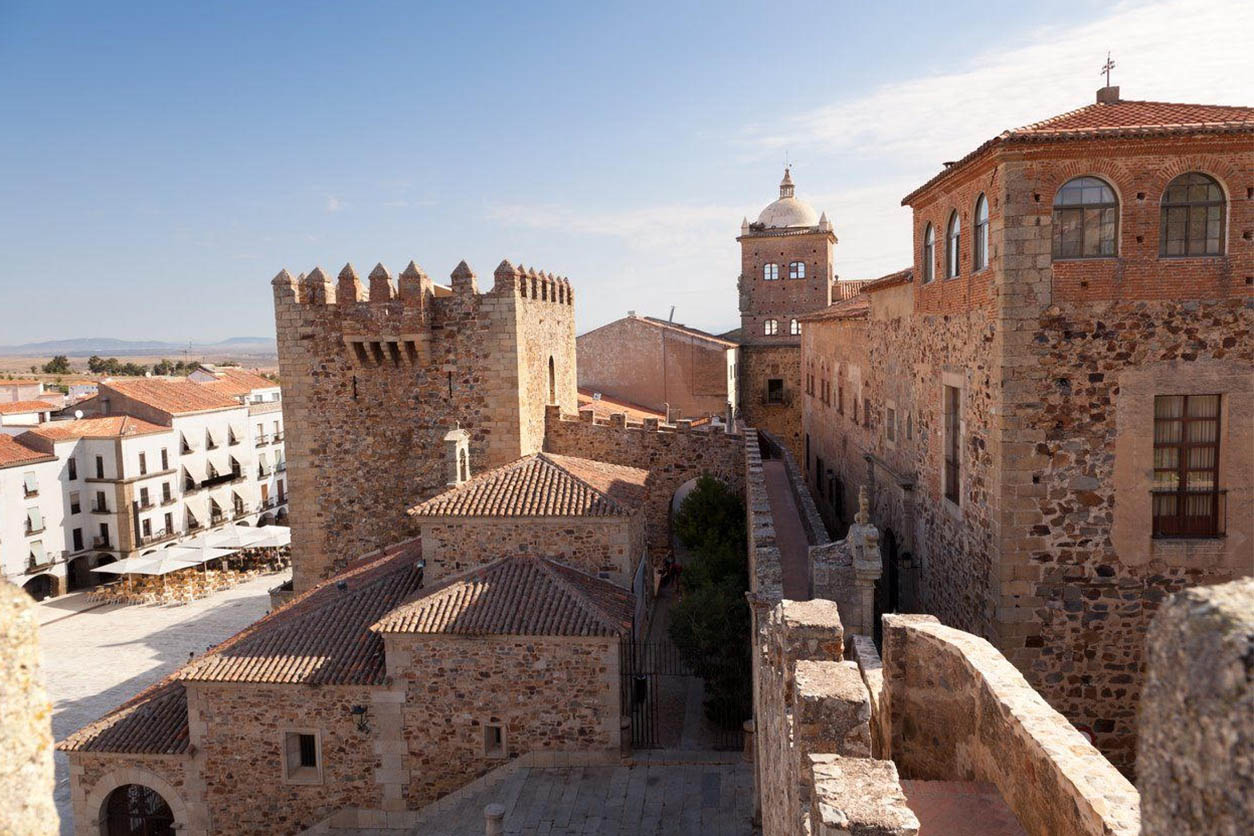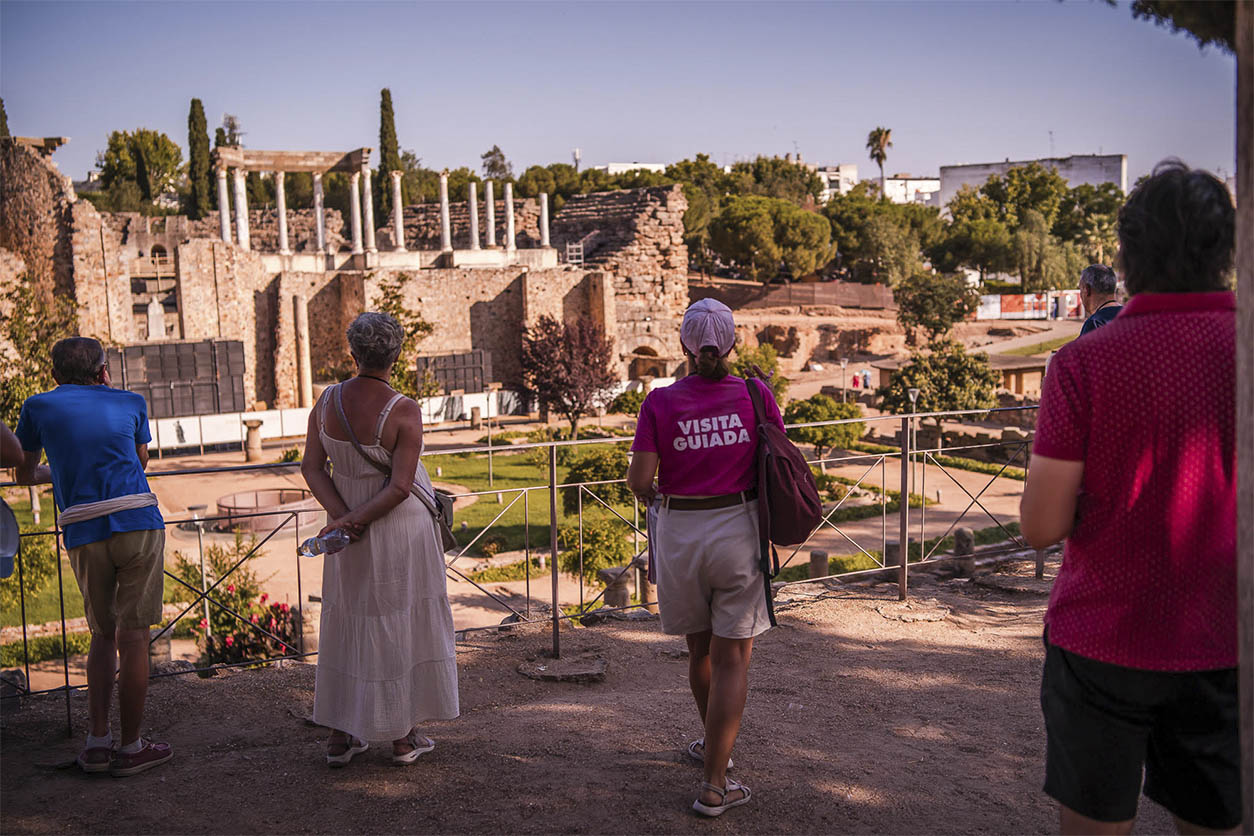Pimentón de la Vera is more than food. It is pure art, it adds a touch of magic to dishes. It ranks among the most popular ingredients in traditional Spanish cooking, but it also features widely in contemporary cuisine.
This highly prized ingredient has been awarded a PDO label based on tightly controlled cultivation techniques and artisan production methods, which are what lend this product its distinctive aroma, flavour and colour.
Pimentón de la Vera differs greatly from other types of paprika that are widely used to season international dishes. The star spice of Extremadura adds a distinct flavour, bringing out the essence of the most diverse ingredients.
There are three main varieties – dulce (sweet), agridulce (mild) and picante (spicy) –, and each maker adds their own distinctive characteristics. The smoky undertones are what most appeal to both professional and amateur chefs.
More than four-and-a-half million kilograms are produced a year in the towns of Jaraíz de la Vera, Cuacos de Yuste, Aldeanueva de la Vera, Jarandilla de la Vera, Losar de la Vera and Madrigal de la Vera.
To safeguard the centuries-old production methods, local makers are protected with the Pimentón de la Vera Protected Designation of Origin (PDO) mark.
It must be noted that once Pimentón de la Vera has been packaged, the best before date is only 18 months. It must be stored in a cool, dry, dark place and in the quirky tins in which it is usually sold.
Pimentón de la Vera
You might wonder how this spice, which has its origins so far back in the past, has become a signature product for the district where it is produced (La Vera), and even for the whole region (Extremadura).
Pimentón de la Vera is fully nurtured by the local climate. Here temperatures are mild and rain is plentiful, allowing subtropical species to be grown in the fertile soils.
It is the centuries-old production methods that take the quality and flavour of this product to the next level though.
European conquistadors brought back red peppers – the essential ingredient of pimentón – from America. The peppers were introduced to the region of Extremadura in the 16th century by Hieronymite monks living at the Monastery of Yuste, who were the first to grow the peppers on the alluvial soils of the river Tiétar. This river still irrigates the fertile valleys of the La Vera district today.
The Monastery of Yuste passed on its method of growing the peppers and grinding them down into the exquisite Pimentón de la Vera to small local makers. Over the centuries the product gradually gained fame and eventually became ubiquitous in households and restaurants around Spain.
Pimentón de la Vera: sweet (dulce) or smoked
Out of all of the varieties of Pimentón de la Vera, sweet is the most popular and therefore the most produced. It is made from the Bola and Jaranda pepper varieties which, unlike most of the other species of this group of pepper, are not spicy.
To achieve the signature flavour, the peppers are harvested when they are at their most ripe and have turned a brilliant red, shortly after the end of the summer. In October and November the peppers are smoked for about two weeks over smouldering holm oak fires.
They are then ground several times to achieve the characteristic deep red powder that we all love.
The sweet form of Pimentón de la Vera is the perfect seasoning for any type of winter casserole (vegetarian or meat-based), and is also a fantastic way to add flavour and colour to dishes such as sobrasada (cured sausage from the Balearic Islands) and pulpo a la gallega (Galician-style octopus).
Pimentón de la Vera: mild (agridulce)
The mild version of Pimentón de la Vera is essentially produced in exactly the same way as the sweet form. The difference lies in the variety of peppers used – Jaranda and Jariza.
It is used in many different recipes, to enhance the flavour of casseroles (for example, vegetarian casseroles) and to season cured meats, salads and even grilled or chargrilled meat.
Pimentón de la Vera: spicy (picante)
This version is the most commonly used in cured meats, especially in products known for their intense aroma and flavour, such as chorizo and some types of sobrasada. It is also often used to enhance marinades and winter casseroles and is even an excellent choice for Mexican salsas.
It is mainly produced from Jeromín peppers, although it is often combined with other varieties. The quantity of Jeromín peppers used determines the level of spiciness.
How much should a good-quality Pimentón de la Vera cost?
Due to the artisan production methods involved, Pimentón de la Vera does not come cheap, especially compared to paprika produced in other countries.
Apart from the labels and packaging, the price is a good clue as to whether you are being sold an authentic Pimentón de la Vera PDO or not.
As a guide, and depending on the variety (dulce, agridulce or picante), prices range from €8 to €20 a kilo, sometimes even more.




































































